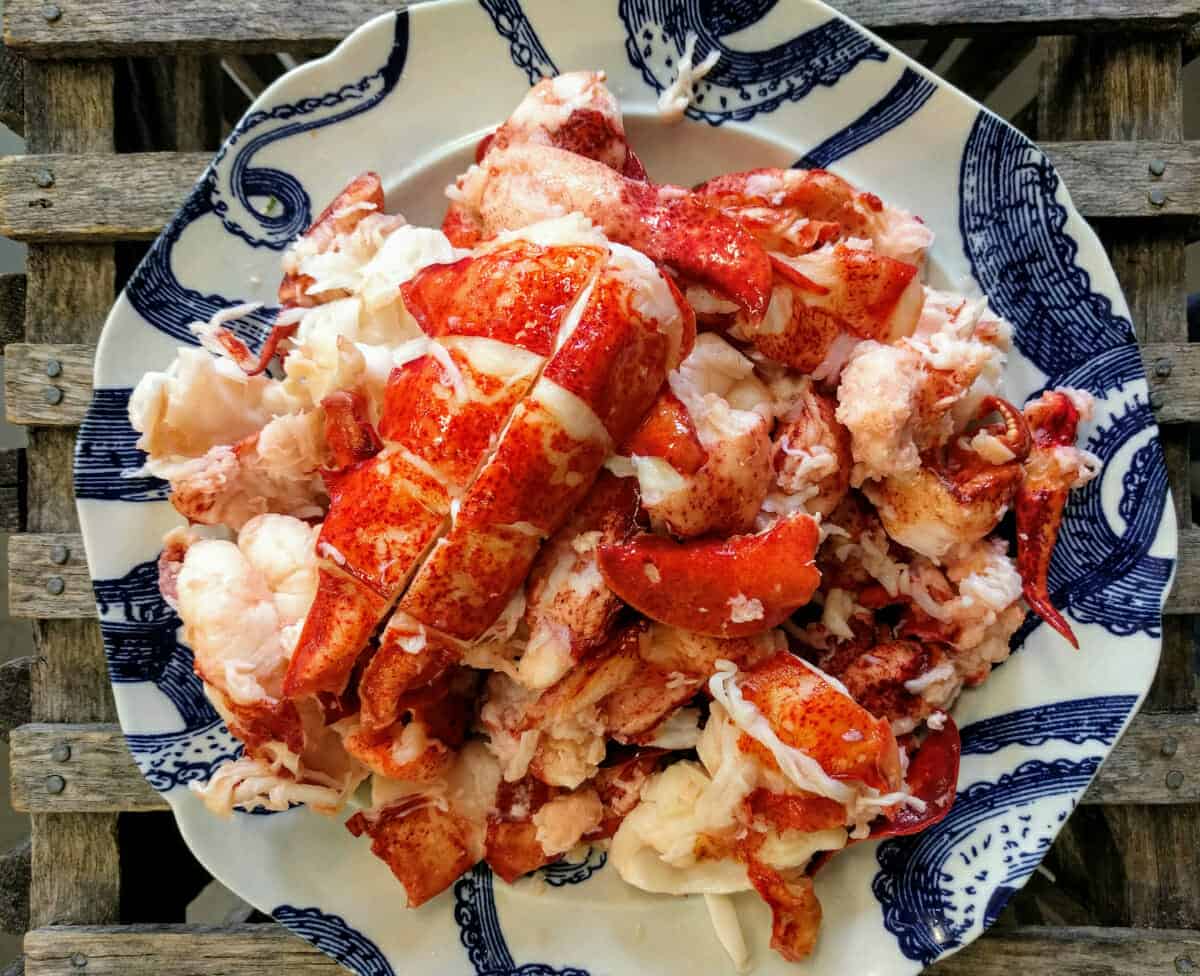

Articles
How To Store Cooked Lobster Meat
Modified: February 24, 2024
Learn the best methods for storing cooked lobster meat in this informative article. Keep your lobster meat fresh and delicious for longer with these helpful tips.
(Many of the links in this article redirect to a specific reviewed product. Your purchase of these products through affiliate links helps to generate commission for Storables.com, at no extra cost. Learn more)
Introduction
Have you ever wondered what to do with leftover lobster meat after a delicious seafood feast? Whether you’ve cooked it at home or ordered it at a restaurant, storing cooked lobster meat properly is crucial to maintain its quality and prevent spoilage.
Lobster meat is delicate and can spoil quickly if not handled and stored correctly. In this article, we will guide you through the steps to store cooked lobster meat safely and effectively, ensuring that you can enjoy it later with the same freshness and flavor.
By following these simple steps, you can make the most of your cooked lobster meat and savor every delectable bite, whether it’s for a lobster roll, a pasta dish, or to simply enjoy on its own.
So, let’s dive into the details and explore the best practices for storing cooked lobster meat.
Key Takeaways:
- Properly storing cooked lobster meat involves cooling, removing from the shell, storing in an airtight container, refrigerating, and gently reheating. Following these steps ensures freshness and safety for future enjoyment.
- To make the most of leftover lobster meat, cool it promptly, store it in an airtight container, refrigerate at the right temperature, and gently reheat before consuming. These steps preserve the delicate texture and irresistible flavor of the lobster meat.
Read more: How To Store Fresh Lobster
Step 1: Cool the lobster meat
After enjoying a delightful lobster meal, the first step in storing cooked lobster meat is to cool it down properly. Cooling the meat rapidly helps prevent bacterial growth and ensures it stays fresh for an extended period.
To cool the lobster meat, remove it from the shell and place it on a clean plate or tray. Allow it to cool at room temperature for about 10 to 15 minutes. This initial cooling period allows excess heat to dissipate without trapping moisture that could promote spoilage.
Alternatively, you can place the lobster meat in a bowl of ice water to speed up the cooling process. Swirl the meat gently in the ice water for a few minutes, ensuring that it cools on all sides.
It’s important not to leave the cooked lobster meat at room temperature for an extended period as it can enter the “danger zone” between 40°F (4°C) and 140°F (60°C), where bacteria multiply rapidly. Promptly cooling the meat will help maintain its quality and reduce the risk of foodborne illnesses.
Once the lobster meat has cooled down, it’s time to move on to the next step: removing the meat from the shell.
Step 2: Remove the meat from the shell
Now that the lobster meat has cooled down, it’s time to separate it from the shell. Removing the meat from the shell not only makes it easier to store but also allows for more versatile usage in various dishes.
Start by gently twisting the claws and legs to separate them from the body. Use a seafood cracker or a lobster cracker to crack open the shell and carefully extract the meat. Be careful not to crush the meat while cracking the shell.
For the tail, hold it firmly with one hand and use the other hand to break the small flippers away from the body. Insert a fork or your fingers into the tail-opening and push the meat out towards the wide end. Gently pull the meat out, taking care not to tear it.
If you want to remove the meat from the joints, use kitchen shears or a lobster scissors to cut through the joints and extract the meat. Be cautious while handling the knife or scissors to avoid any injuries.
Once all the meat has been removed from the shell, transfer it to a clean plate or cutting board. Check for any shell fragments and remove them carefully. Now you’re ready to move on to the next step: storing the lobster meat.
Step 3: Store the lobster meat in an airtight container
Proper storage is essential to maintain the freshness and quality of cooked lobster meat. To keep it safe from contamination and prolong its shelf life, it’s crucial to store the meat in an airtight container.
Choose a container that is specifically designed for storing food and has a tight-fitting lid. Glass or plastic containers with a secure seal work well for this purpose. Make sure the container is clean and thoroughly washed before use.
Place the cooled and extracted lobster meat into the airtight container, ensuring that it is not crowded or compressed. It’s best to use separate containers for different parts of the lobster, such as claws, legs, and tail, as this allows for easier portion control and prevents cross-contamination.
As you fill the container, be mindful not to pack the lobster meat tightly. Leave some space at the top to allow for expansion and to prevent the meat from getting squished. This extra space also allows for better airflow, which helps maintain the quality of the meat.
If you prefer, you can line the container with a damp paper towel or a clean cloth before adding the lobster meat. This can help maintain optimal moisture levels and prevent the meat from drying out.
Once the lobster meat is securely stored in the airtight container, it’s time to move on to the next step: refrigeration.
After cooking, remove lobster meat from the shell and store it in an airtight container in the refrigerator for up to 2 days. To maintain freshness, place a damp paper towel over the meat before sealing the container.
Step 4: Refrigerate the lobster meat
After properly storing the cooked lobster meat in an airtight container, the next crucial step is to refrigerate it promptly. Refrigeration helps to slow down bacterial growth and maintain the quality of the meat for a longer duration.
Place the sealed container with the lobster meat in the refrigerator as soon as possible. The optimal temperature for storing cooked lobster meat is between 32°F (0°C) and 40°F (4°C). It’s important to ensure that your refrigerator is set to this temperature range to keep the meat fresh and safe to consume.
Avoid storing the lobster meat in the door of the refrigerator as it is the warmest part and the temperature can fluctuate more frequently. Instead, place the container on a middle or lower shelf, where the temperature remains more stable.
It’s important not to keep the lobster meat in the refrigerator for more than a couple of days. Ideally, consume it within 1 to 2 days for the best taste and texture. The longer the meat sits in the refrigerator, the more its quality and flavor may deteriorate.
If you don’t plan on using the lobster meat within the recommended timeframe, you can consider freezing it to extend its shelf life. Properly frozen lobster meat can stay fresh for up to 3 months without compromising its quality.
Now that your lobster meat is refrigerated properly, let’s move on to the final step: reheating and enjoying the stored lobster meat.
Read more: How To Store Lobster
Step 5: Properly reheat and consume the stored lobster meat
When you’re ready to enjoy the stored lobster meat, it’s essential to reheat it properly to ensure it is safe to consume and maintain its delicious taste and texture.
The best method to reheat cooked lobster meat is to use gentle heat to prevent overcooking and maintain its tenderness. Here are a few recommended methods:
- Steam: Place the lobster meat in a steamer basket or a sieve over a pot of simmering water. Cover the pot and steam the meat for 2-3 minutes until it is heated through. Be careful not to overdo it as this can cause the meat to become tough.
- Boil: Bring a pot of water to a gentle boil and immerse the lobster meat in the hot water for 1-2 minutes. This quick boil will warm up the meat without compromising its flavor and texture.
- Sauté: Heat a skillet on medium heat and add a little butter or oil. Place the lobster meat in the skillet and cook it for 2-3 minutes, turning it occasionally until it is heated evenly.
Regardless of the method you choose, be cautious not to overheat the lobster meat as it can cause it to become rubbery and dry. Aim for a gentle and quick heating process to maintain its delicate texture.
Once the lobster meat is properly reheated, it’s ready to be used in your desired dish. Whether you want to make a lobster roll, incorporate it into a pasta dish, or simply enjoy it on its own, the stored lobster meat can bring a delightful taste of the sea to your meal.
Remember to consume the reheated lobster meat within a day to enjoy it at its best. If there are any leftovers, follow the steps mentioned above to store and refrigerate them properly.
Now that you know how to store and reheat cooked lobster meat, you can make the most of your leftover lobster and continue to relish its exceptional flavor.
Conclusion
Storing cooked lobster meat properly is essential to preserve its quality, freshness, and flavor for future enjoyment. By following the steps outlined in this article, you can ensure that your leftover lobster meat remains safe to consume and maintains its delectable taste and texture.
Remember to cool the lobster meat promptly after cooking and remove it from the shell carefully. Store the lobster meat in a clean and airtight container to protect it from contamination and maintain its moisture. Refrigerate the meat at a temperature between 32°F (0°C) and 40°F (4°C) to slow down bacterial growth and extend its shelf life.
When you’re ready to enjoy the stored lobster meat, reheat it gently using methods like steaming, boiling, or sautéing. Avoid overcooking to preserve its delicate texture and savor its irresistible flavor. Consume the reheated lobster meat within a day to ensure the best taste and quality.
Incorporate the stored lobster meat into your favorite dishes, such as lobster rolls, pastas, or even as a standalone delight. savor these delectable morsels and immerse yourself in the unique flavors of the sea.
By implementing these proper storage and reheating techniques, you can make the most of the remaining lobster meat and continue to relish its exquisite taste long after your initial seafood feast. So, don’t let any leftover lobster meat go to waste – store it properly and enjoy the flavors of the ocean whenever you desire.
Frequently Asked Questions about How To Store Cooked Lobster Meat
Was this page helpful?
At Storables.com, we guarantee accurate and reliable information. Our content, validated by Expert Board Contributors, is crafted following stringent Editorial Policies. We're committed to providing you with well-researched, expert-backed insights for all your informational needs.

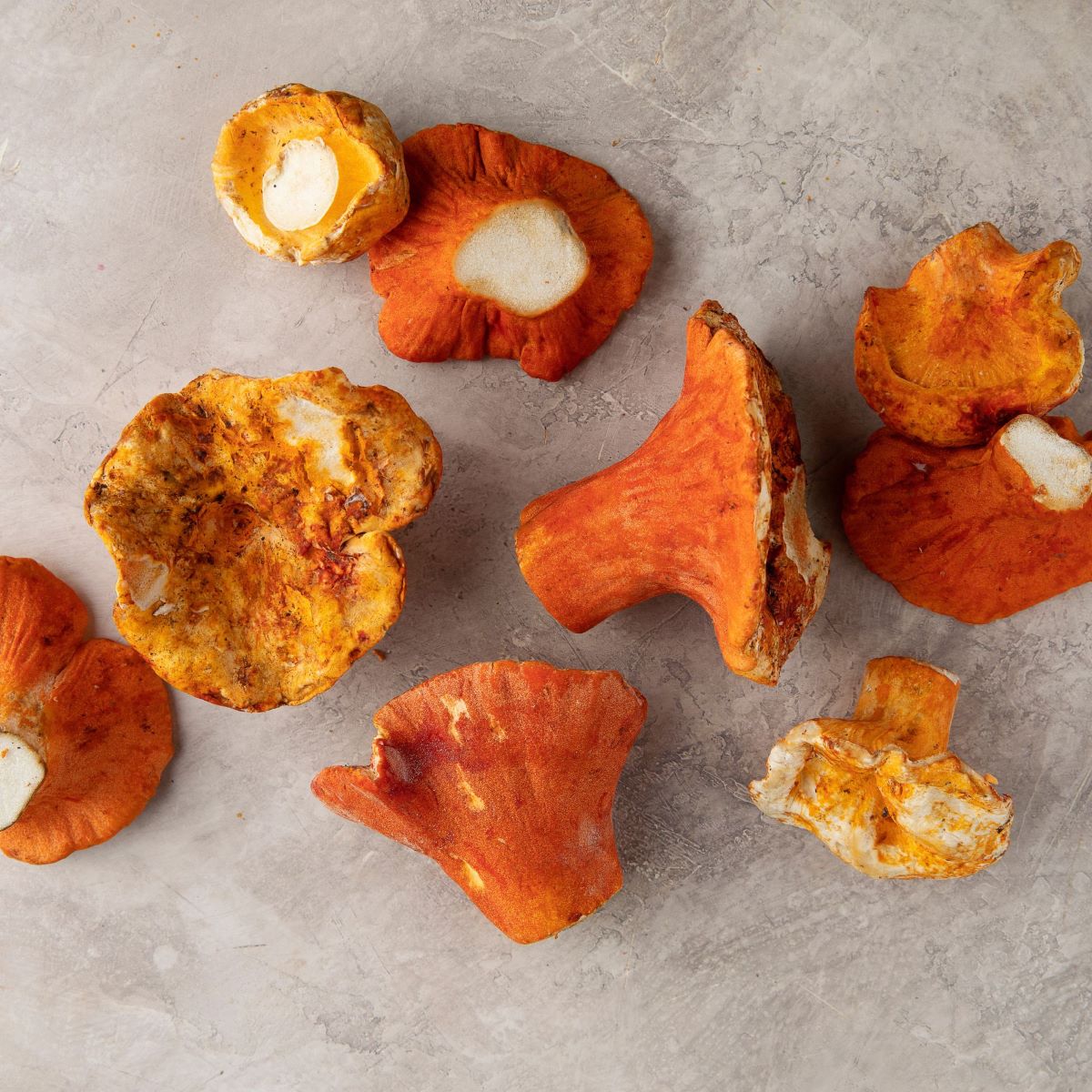

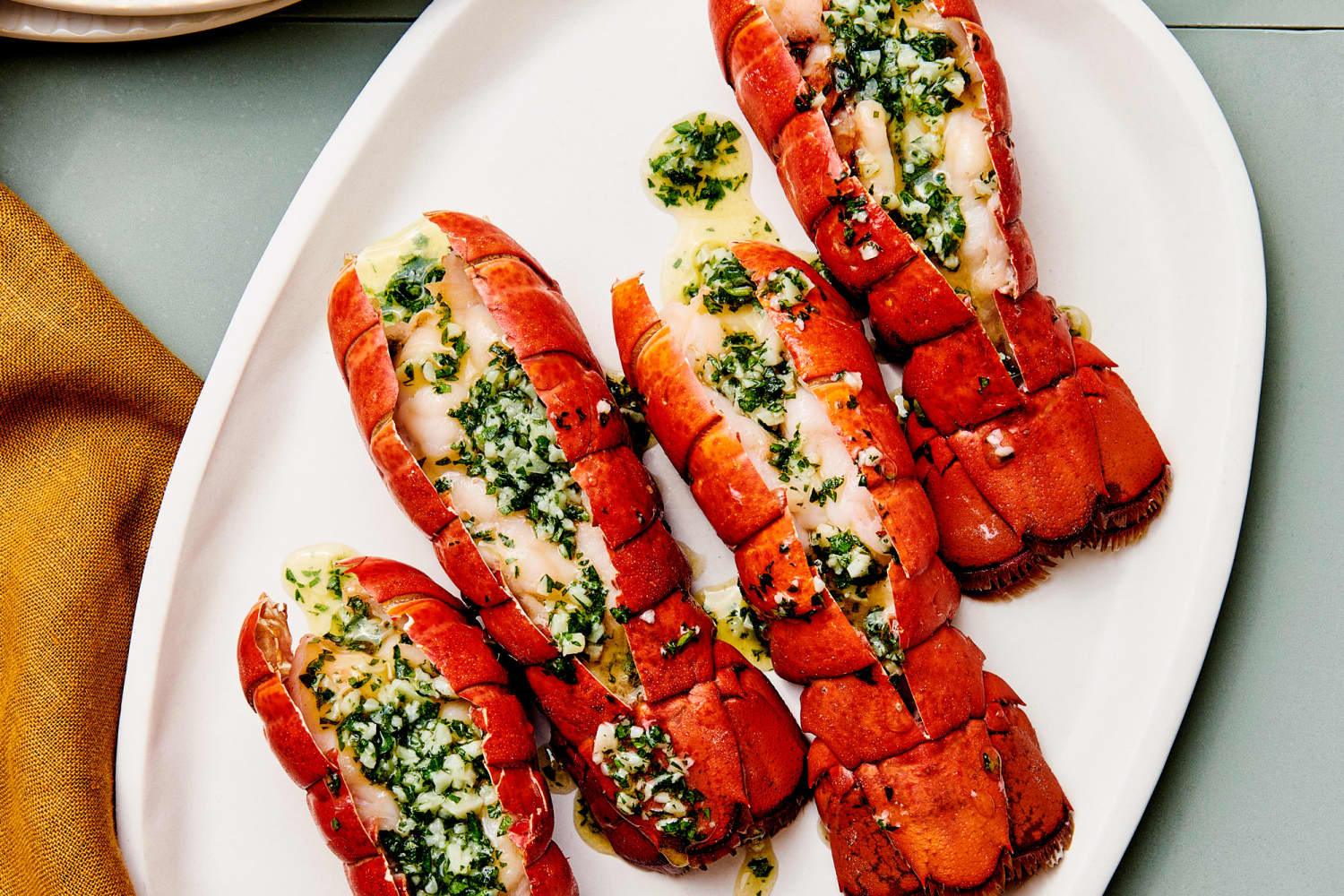
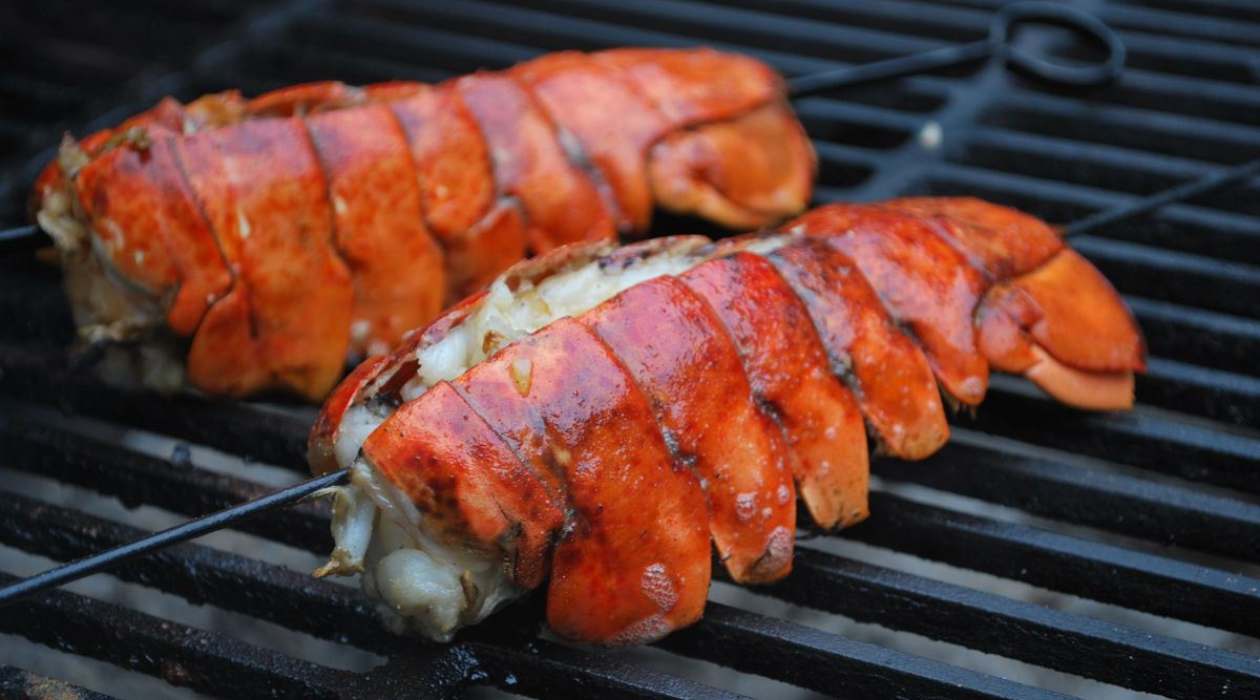
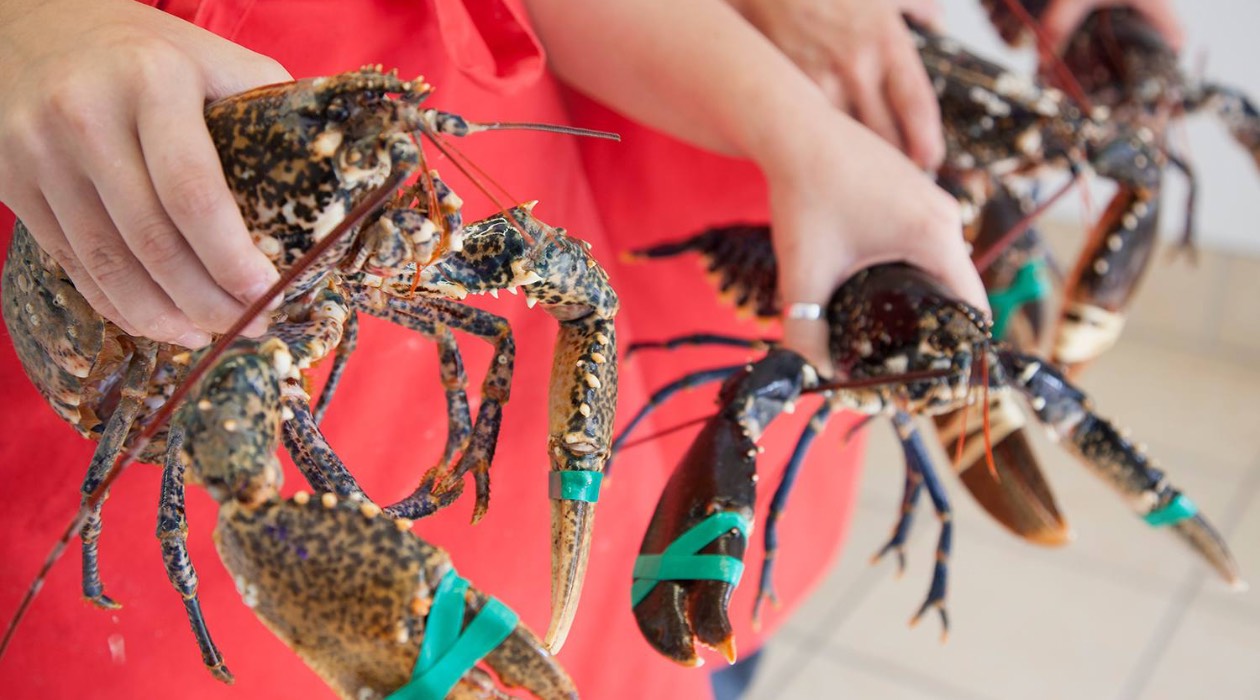
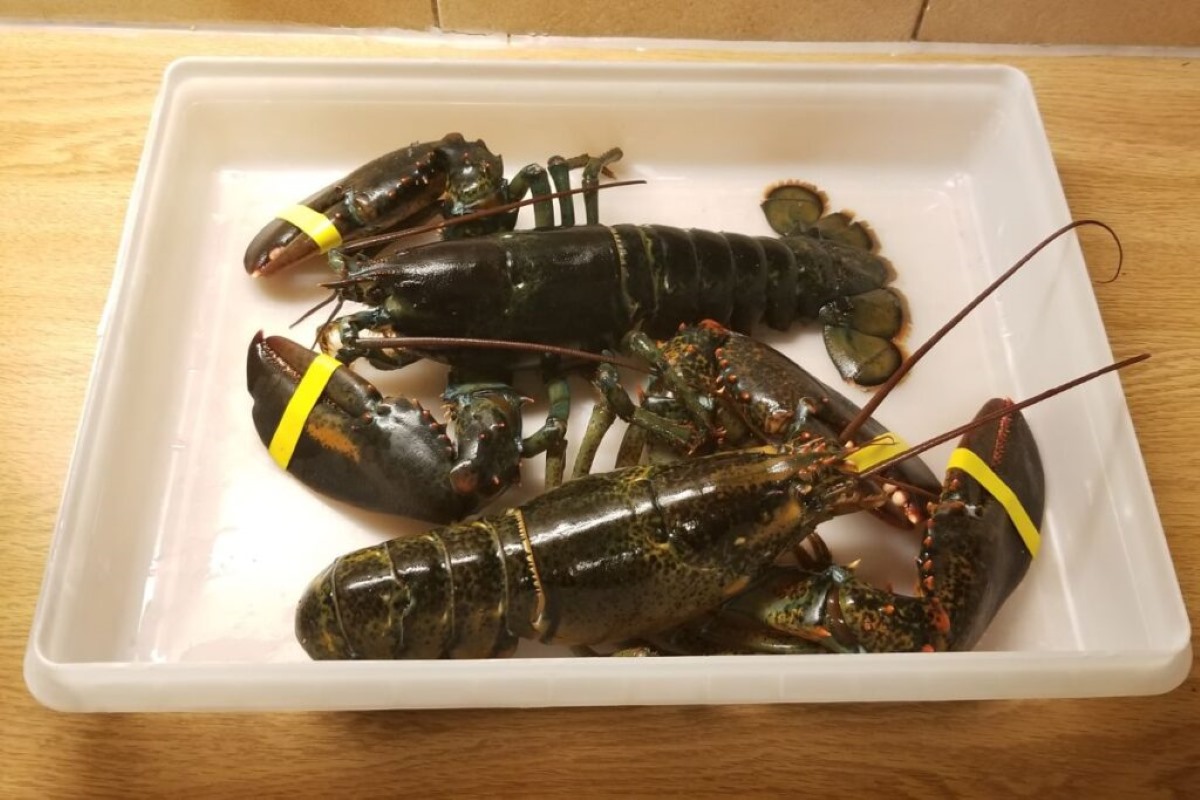
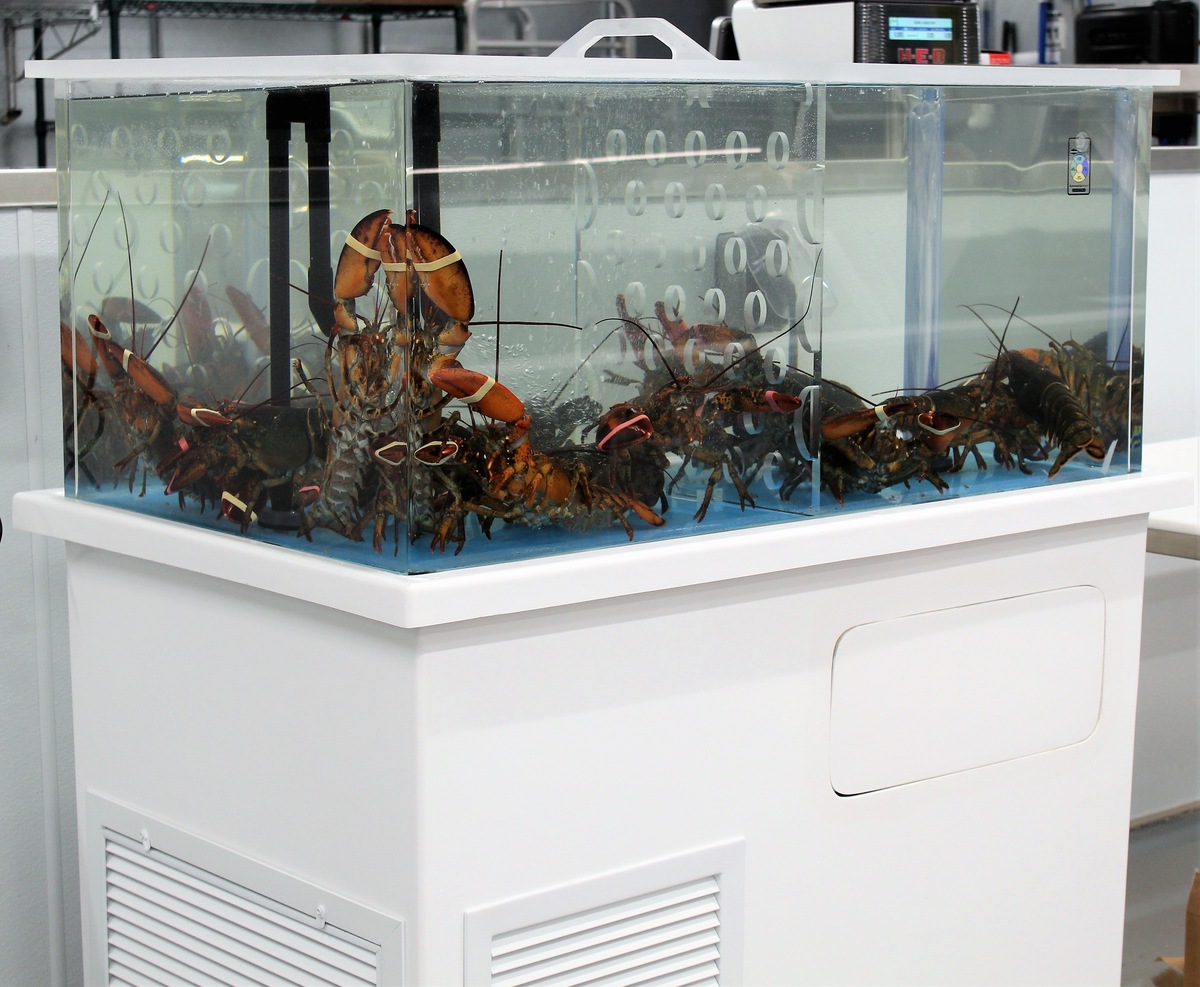
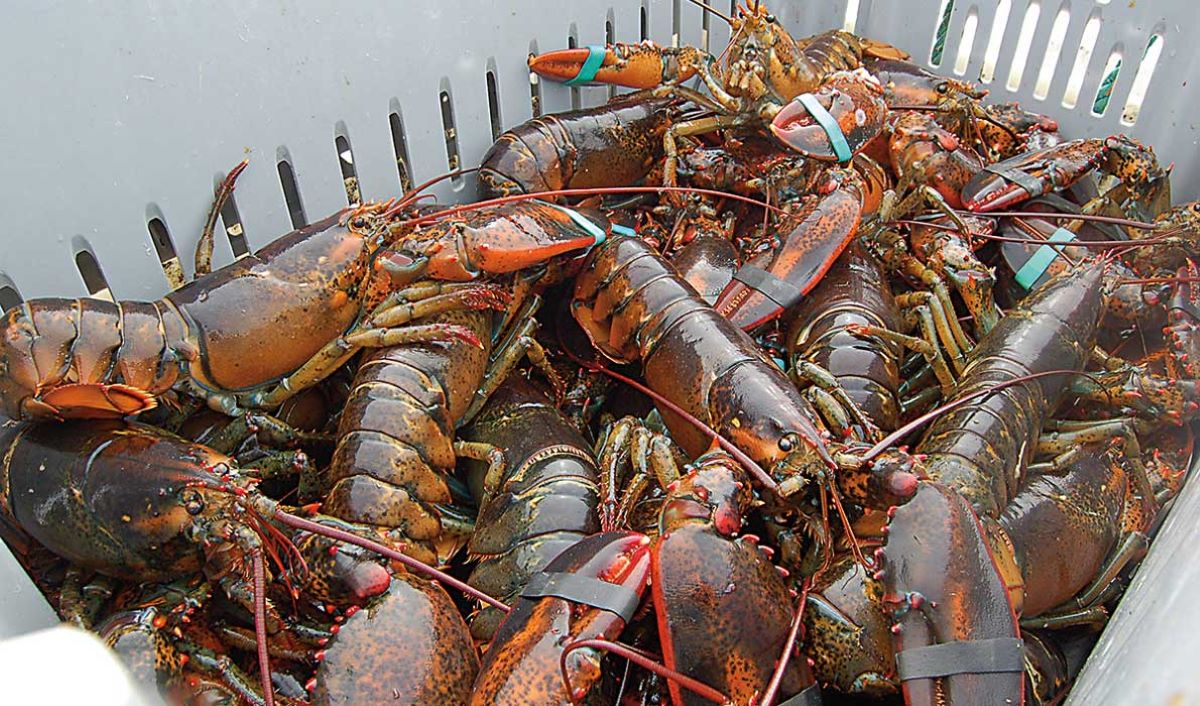
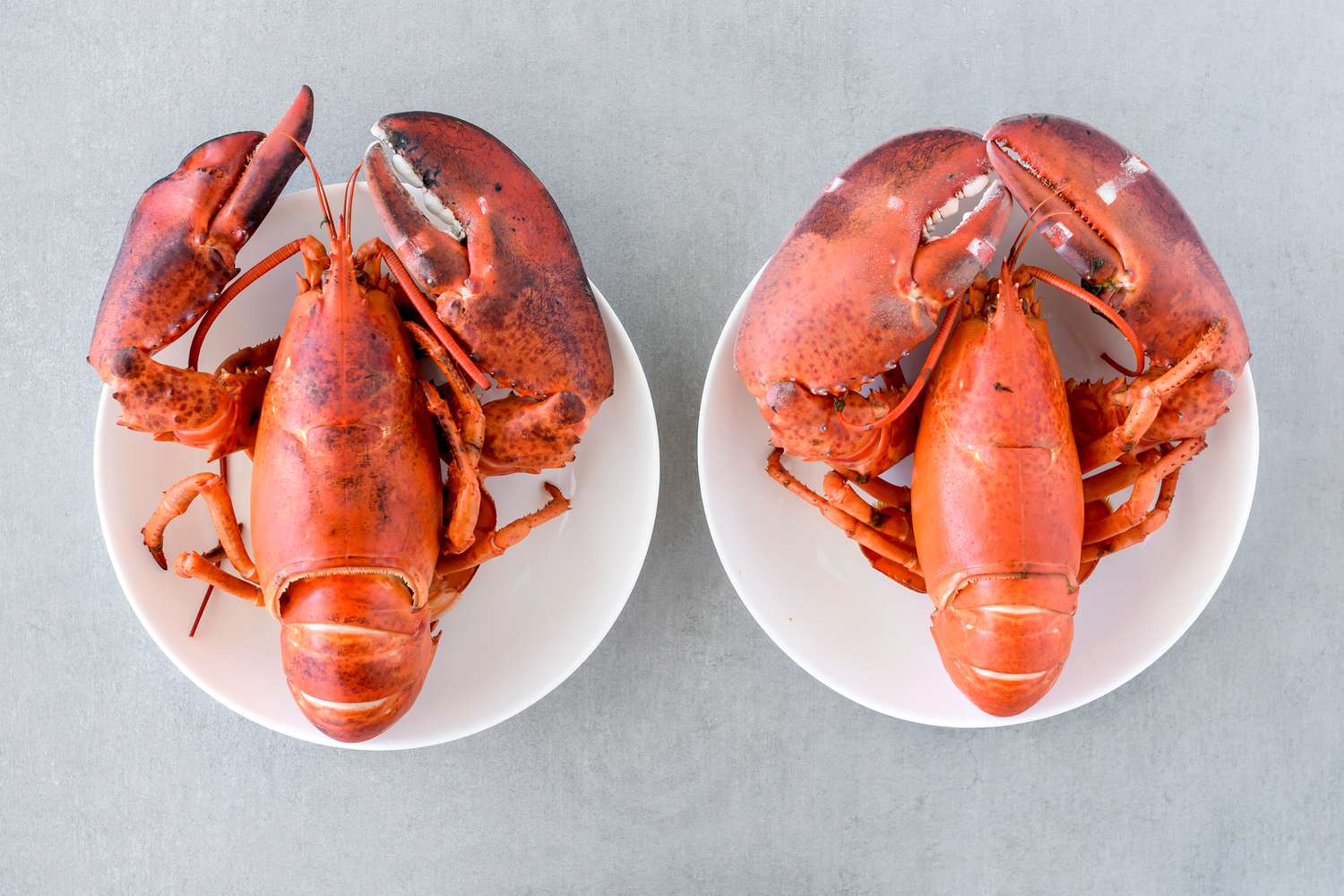
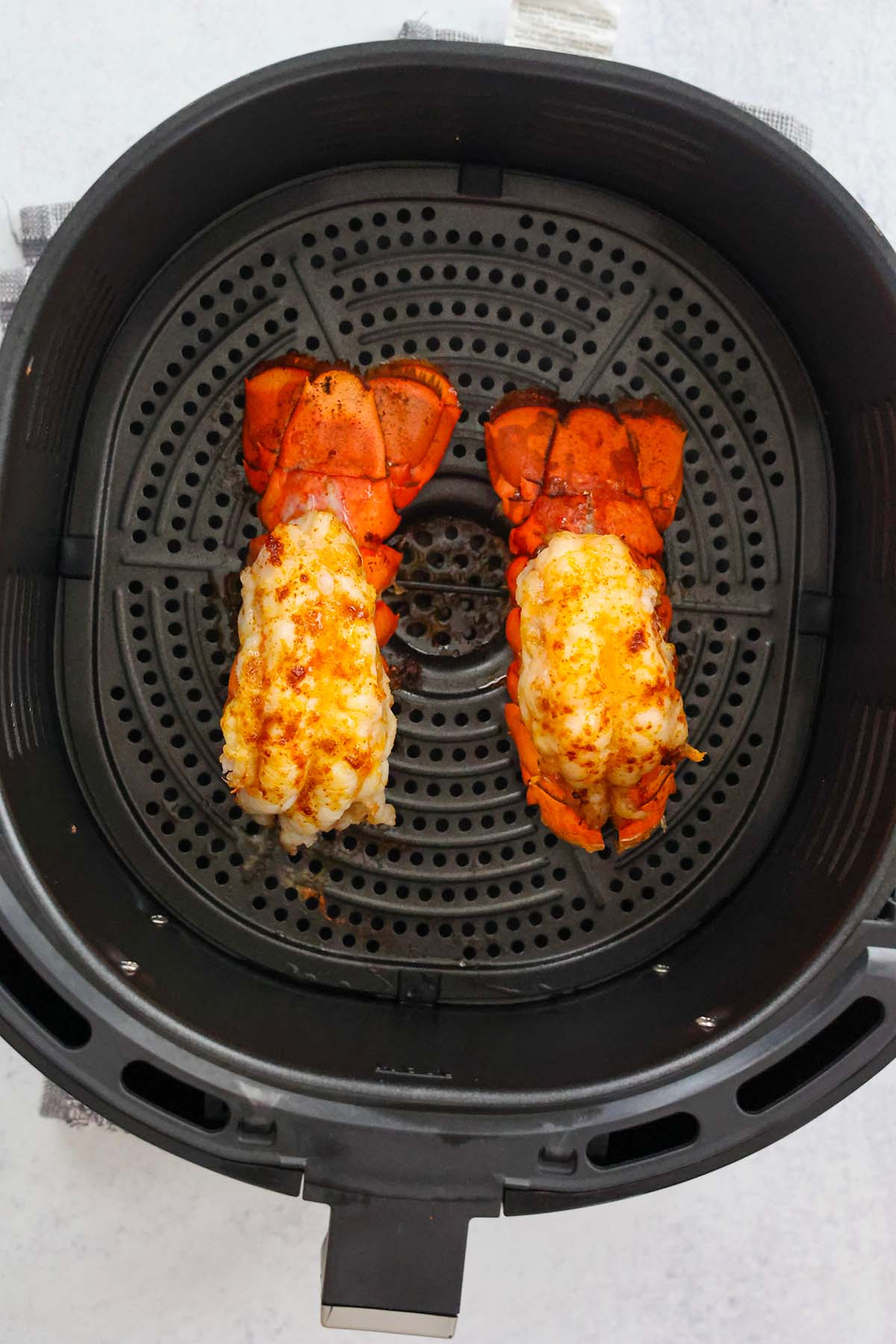
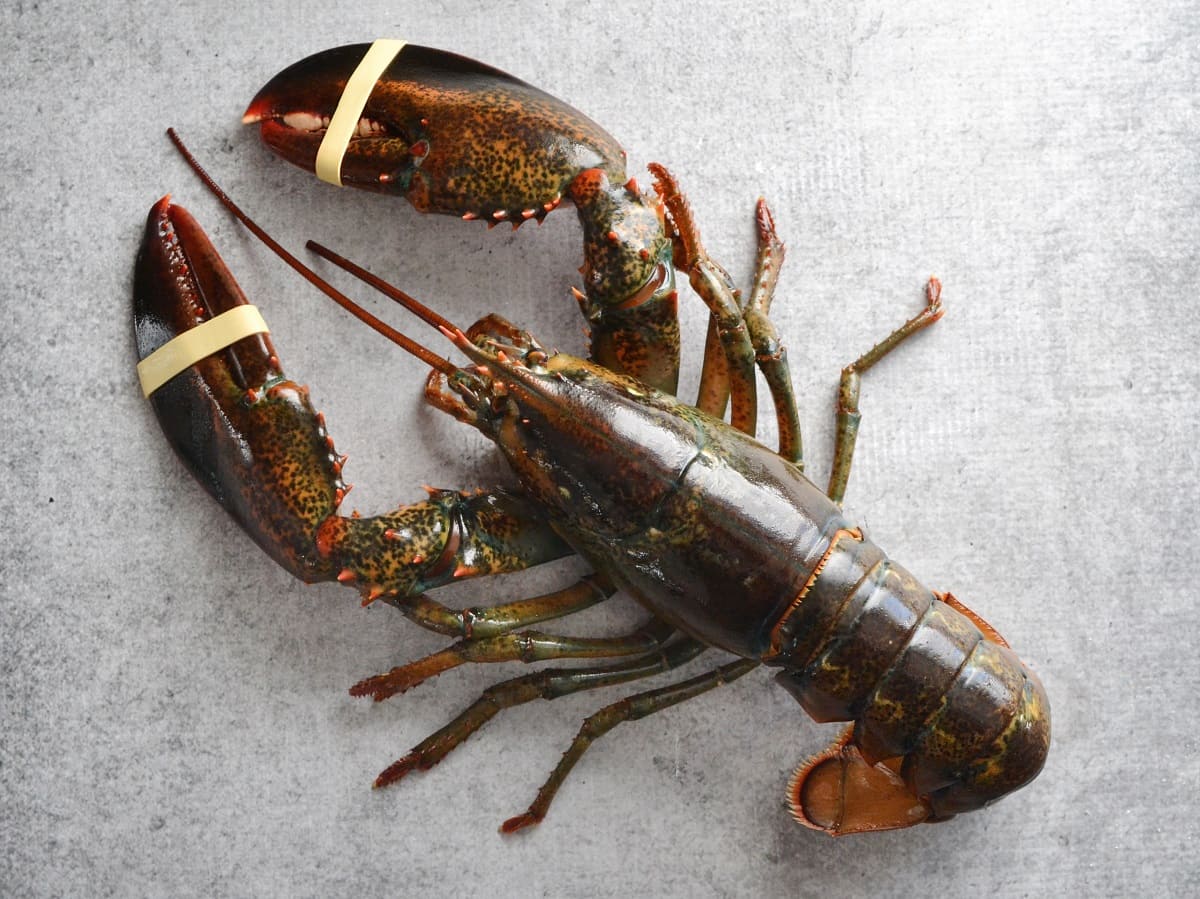
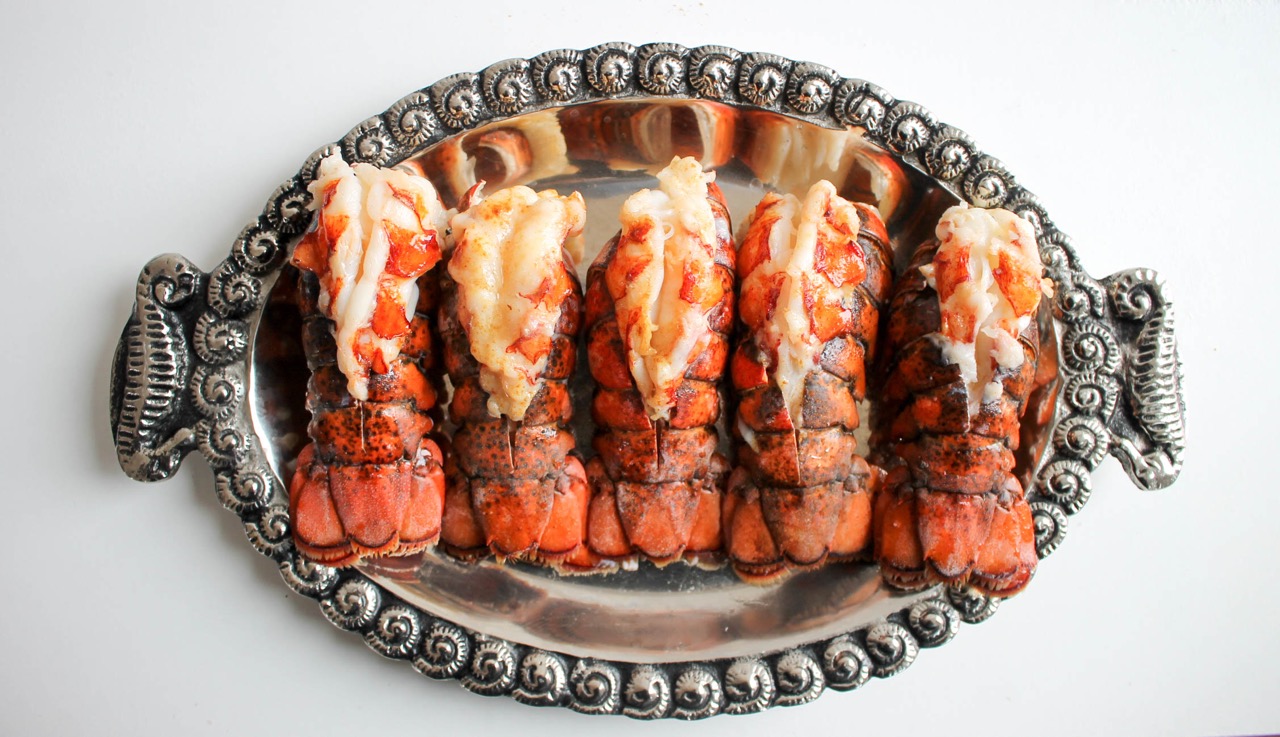
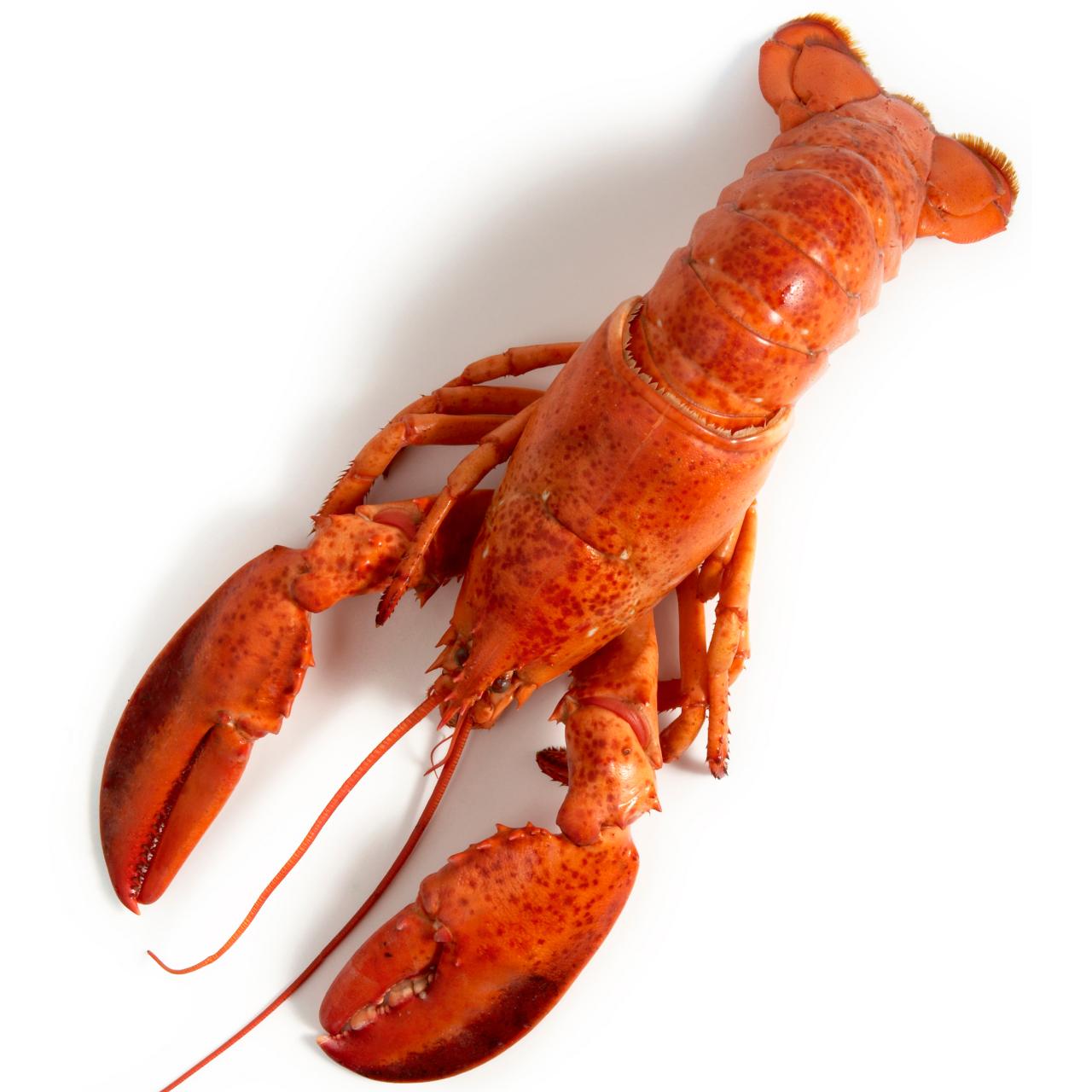

0 thoughts on “How To Store Cooked Lobster Meat”